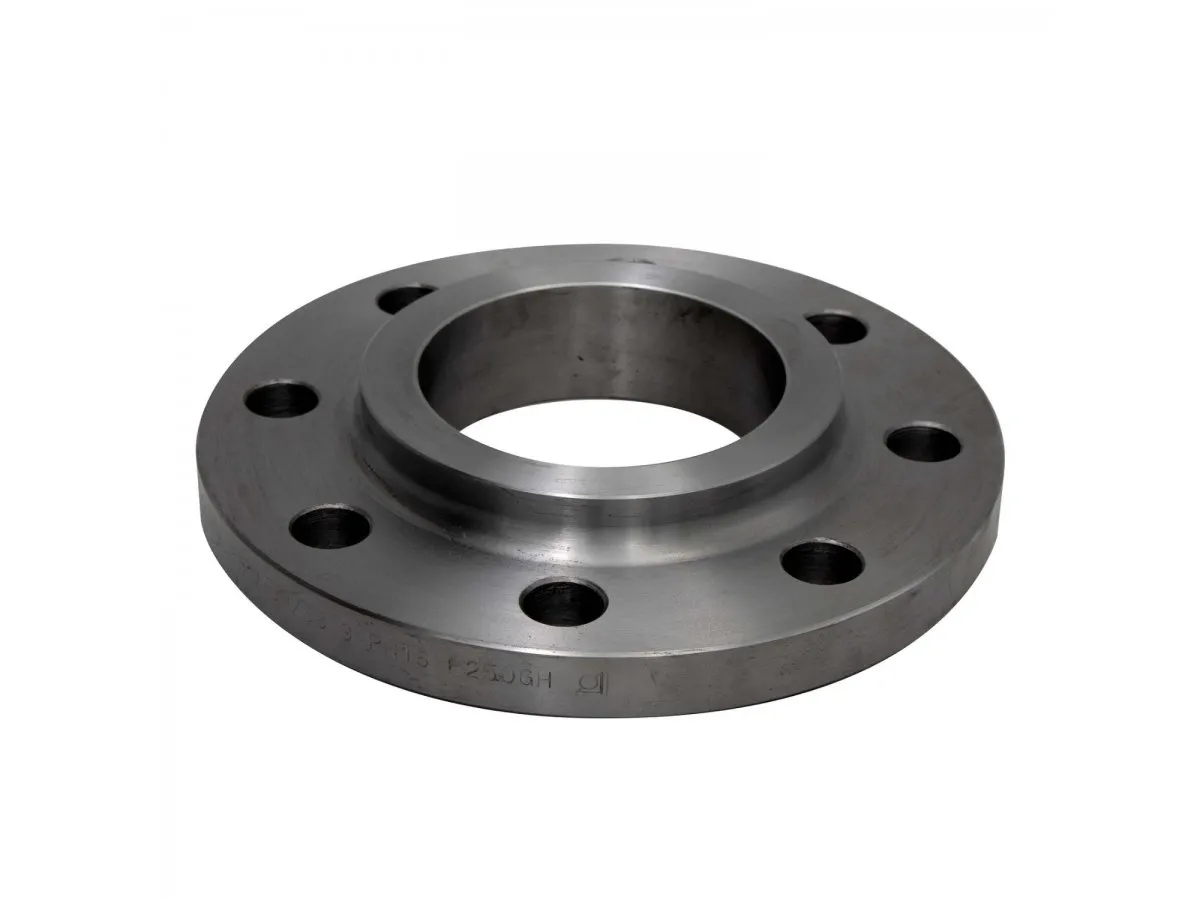-
Cangzhou Yulong Steel Co., Ltd.
-
Phone:
+86 13303177267 -
Email:
admin@ylsteelfittings.com
- English
- Arabic
- Italian
- Spanish
- Portuguese
- German
- kazakh
- Persian
- Greek
- French
- Russian
- Polish
- Thai
- Indonesian
- Vietnamese
- Zulu
- Korean
- Uzbek
- Hindi
- Serbian
- Malay
- Ukrainian
- Gujarati
- Haitian Creole
- hausa
- hawaiian
- Hebrew
- Miao
- Hungarian
- Icelandic
- igbo
- irish
- Japanese
- Javanese
- Kannada
- Khmer
- Rwandese
- Afrikaans
- Albanian
- Amharic
- Armenian
- Azerbaijani
- Basque
- Belarusian
- Bengali
- Bosnian
- Bulgarian
- Catalan
- Cebuano
- China
- China (Taiwan)
- Corsican
- Croatian
- Czech
- Danish
- Esperanto
- Estonian
- Finnish
- Frisian
- Galician
- Georgian
- Kurdish
- Kyrgyz
- Lao
- Latin
- Latvian
- Lithuanian
- Luxembourgish
- Macedonian
- Malgashi
- Malayalam
- Maltese
- Maori
- Marathi
- Mongolian
- Myanmar
- Nepali
- Norwegian
- Norwegian
- Occitan
- Pashto
- Dutch
- Punjabi
- Romanian
- Samoan
- Scottish Gaelic
- Sesotho
- Shona
- Sindhi
- Sinhala
- Slovak
- Slovenian
- Somali
- Sundanese
- Swahili
- Swedish
- Tagalog
- Tajik
- Tamil
- Tatar
- Telugu
- Turkish
- Turkmen
- Urdu
- Uighur
- Welsh
- Bantu
- Yiddish
- Yoruba

Nov . 22, 2024 18:48 Back to list
en 1092 1 flange specifications
Understanding EN 1092-1 Flange Specifications
Flanges are an integral part of pipe systems, widely used in industrial applications for joining pipes, valves, and other equipment. Among various flange standards, the EN 1092-1 specification stands out, particularly in Europe, as it provides a comprehensive framework for flange design, dimensions, and material properties. It ensures compatibility and interoperability in piping systems, making it critical for engineers, designers, and manufacturers.
Overview of EN 1092-1
EN 1092-1 is a European standard that specifies the dimensions, tolerances, mechanical properties, and material requirements for circular flanges used in piping systems. This standard is essential for establishing a consistent methodology for flange production, ensuring reliability and safety in piping applications. EN 1092-1 covers various types of flanges, including welded neck flanges, slip-on flanges, blind flanges, and others.
Types of Flanges
The EN 1092-1 standard categorizes flanges into different types based on their design and application. The most common types include
1. Weld Neck Flanges These flanges have a long neck that allows for a smooth transition from the flange to the pipe, providing additional strength. They are ideal for high-pressure applications.
2. Slip-On Flanges These flanges are designed to slip over the pipe, making them easy to install. They are suitable for lower pressure systems.
3. Blind Flanges Used to seal the end of a piping system, blind flanges have no opening in the center. They are crucial for maintenance and inspection purposes.
en 1092 1 flange specifications

4. Socket Weld Flanges These flanges are designed for smaller diameter pipes and offer a strong connection through welding.
Each type of flange is defined with specific dimensions and tolerances to ensure they can accommodate various pipe sizes and pressure conditions.
Dimensions and Standards
The EN 1092-1 standard specifies dimensions in millimeters and includes details such as flange thickness, bolt hole diameter, and the number of bolt holes. The standard provides a clear table of sizes that includes nominal diameters ranging from DN 10 to DN 600, allowing for a versatile application across various industries.
Moreover, the standard emphasizes the importance of proper bolting and sealing techniques to avoid leaks under different operating conditions. This includes guidance on the use of gaskets and the correct torque values when fastening flanges together.
Material Properties
Another critical aspect of EN 1092-1 is the materials specified for flange production. Flanges can be made from various materials, including carbon steel, stainless steel, and alloy materials. Each material has specific mechanical properties, such as yield strength and tensile strength, that must be adhered to ensure the flange's reliability and safety during operation.
Conclusion
In conclusion, the EN 1092-1 flange specifications play a vital role in the design and application of flanges within piping systems. The standard ensures consistent dimensions, material properties, and compatibility, making it an essential reference for designers and engineers. By understanding and adhering to these specifications, industry professionals can ensure the integrity and safety of their piping systems, ultimately leading to more efficient and reliable industrial operations. As industries evolve and demand higher standards, the EN 1092-1 will continue to be a cornerstone of flange manufacturing and application.
Latest news
-
ANSI 150P SS304 SO FLANGE
NewsFeb.14,2025
-
ASTM A333GR6 STEEL PIPE
NewsJan.20,2025
-
ANSI B16.5 WELDING NECK FLANGE
NewsJan.15,2026
-
ANSI B16.5 SLIP-ON FLANGE
NewsApr.19,2024
-
SABS 1123 FLANGE
NewsJan.15,2025
-
DIN86044 PLATE FLANGE
NewsApr.19,2024
-
DIN2527 BLIND FLANGE
NewsApr.12,2024
-
JIS B2311 Butt-Welding Fittings LR/SR 45°/90° /180°Seamless/Weld
NewsApr.23,2024











